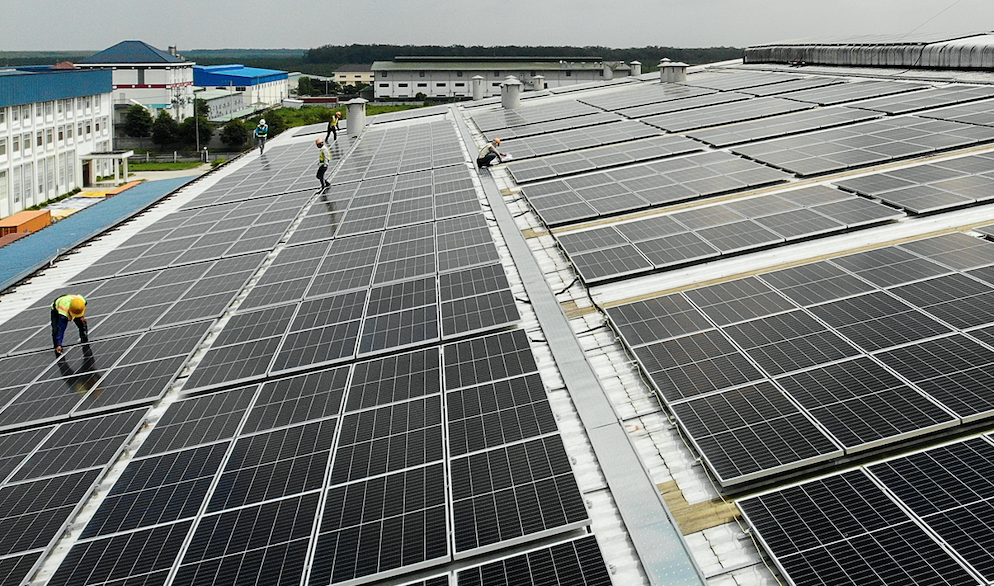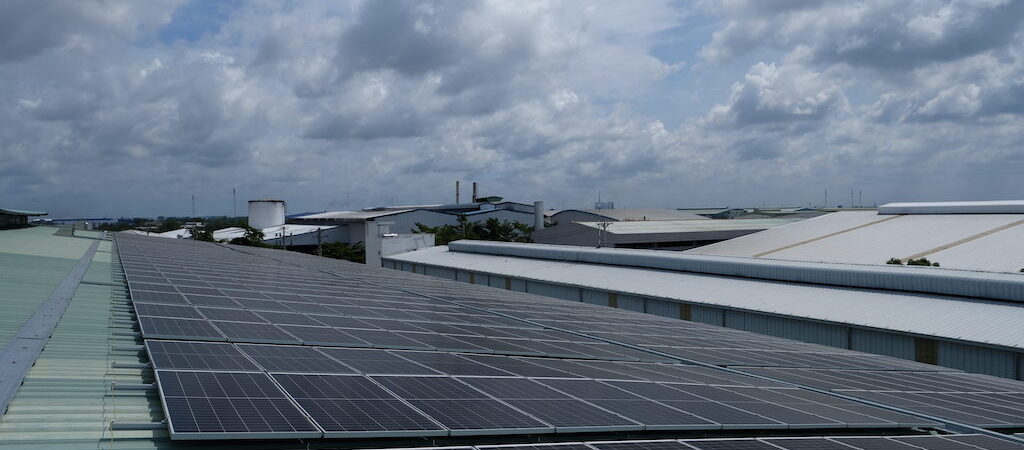Solar energy has been one of the most useful means to fight against climate change. Solar power systems are cost-effective at all scales, and this versatility is possible thanks to the modular design of solar panels. They can be on the ground, floating, or the roof for better space-saving.
However, while solar power’s presence is becoming more prominent, not many understand this technology’s measurements. Let’s fix that!
What Is a Megawatt-Peak?
A Megawatt-Peak (or MWp) is a unit used to describe the rated power output of solar power systems in ideal conditions. As the amount of sunlight varies throughout the day, solar power systems’ energy output changes accordingly.

For solar cells, Wp is the maximum capacity the panel can produce under optimal conditions or Standard Test Conditions, including a photovoltaic cell temperature of 25°C, a solar irradiance of 1,000 watts per square meter, and the incidence angle of sunlight for a latitude of 35° north during summer.
In other words, the maximum power is the nominal capacity because the equipment’s power loss is not taken into account.
To calculate the optimal power output of solar power systems, combine all the solar panels’ capacity. For example, for a system that uses 20,000 panels, each with a rated power of 400 watts, the total power is 8,000,000 watts-peak or 8 MWp.
Measuring Energy Output: kWh, MWh, and GWh
The output is described in kilowatt-hours, megawatt-hours, or gigawatt-hours, depending on the project scale.
- 1 MWh is 1,000 kWh, and 1 GWh is 1,000 MWh.
- 1 kWh is the output of a 1 kW system operating steadily for 1 hour.
The capacity in MWp gives an idea of how much a solar power system will cost upfront. On the other hand, the electricity output allows an estimate of the potential savings.
The relationship between installed capacity and annual electricity output is described with a specific yield value, which typically has units of kilowatt-hours per kilowatt-peak (kWh/kWp) or megawatt-hours per megawatt-peak (MWh/MWp).
A higher specific yield shortens the payback period while increasing the return on investment – each dollar invested upfront saves more dollars over time.


